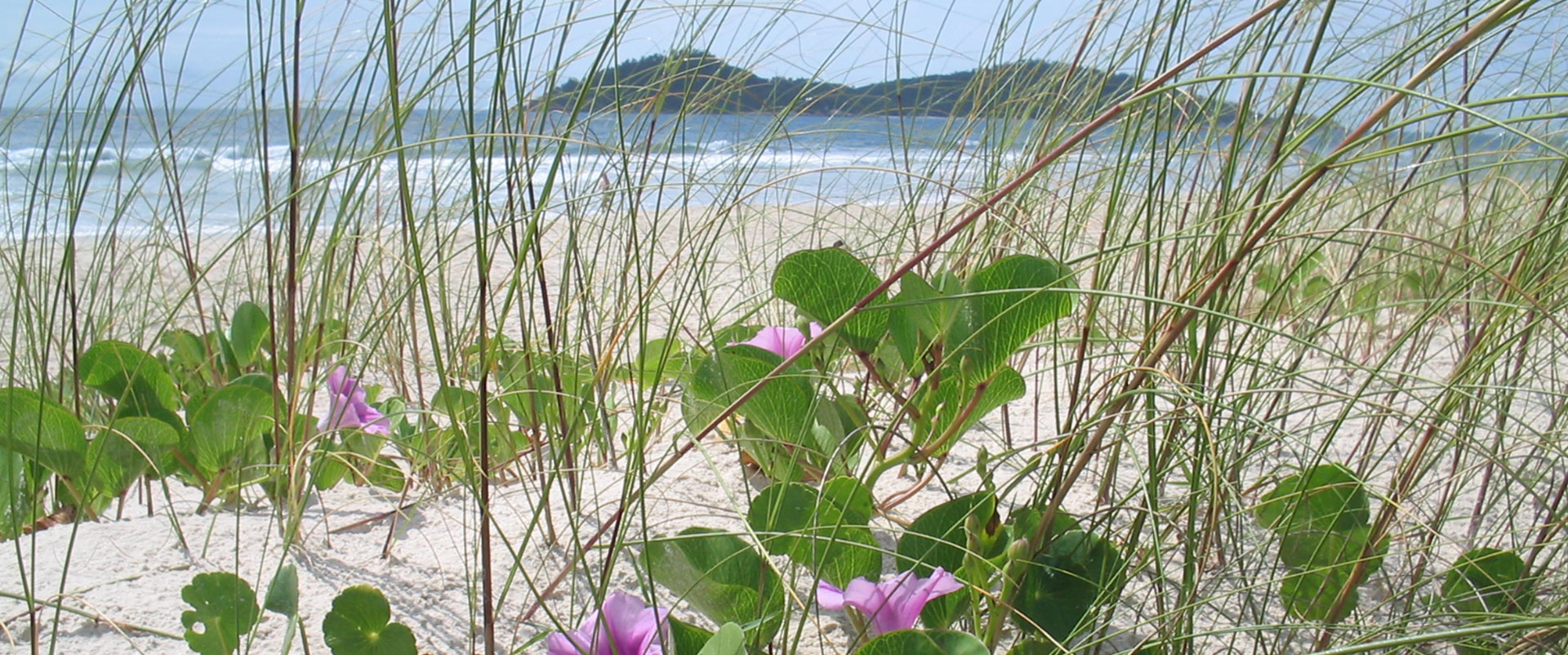
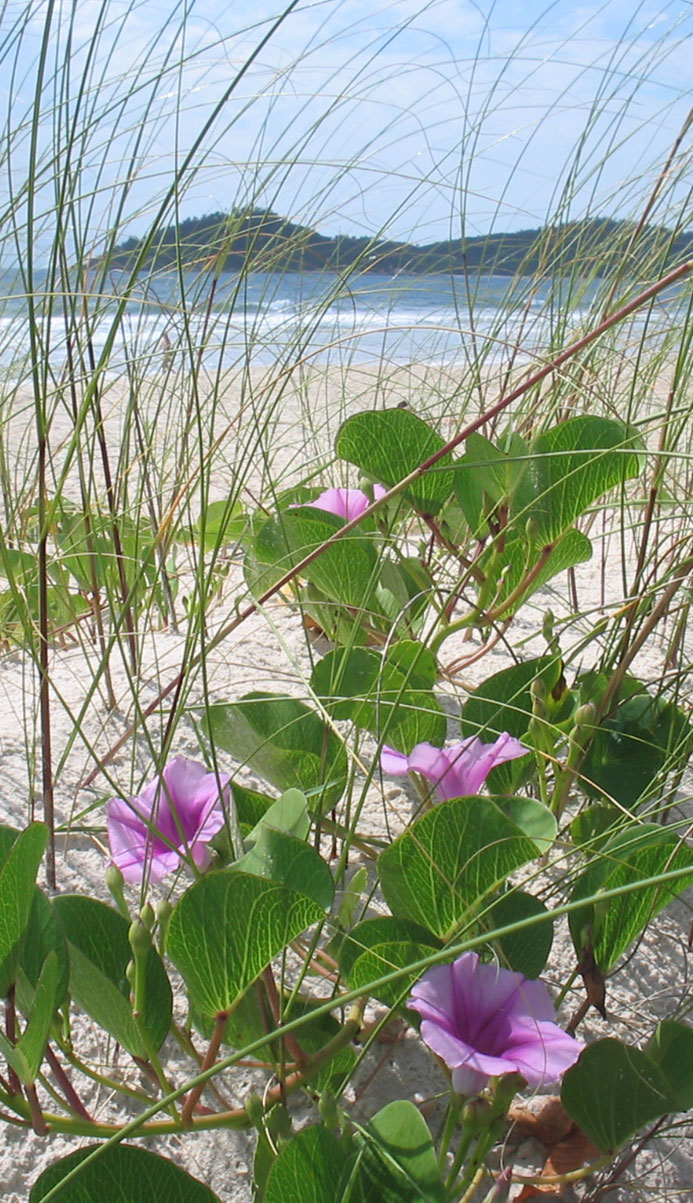

THE ATLANTIC RAINFOREST IS MADE UP OF MANY ENVIRONMENTS
The Atlantic Rainforest has an area of 1,315,460 km² and covers 17 Brazilian states. A biome of such size and rich biodiversity of plants and animals could not be the same in all its parts: the Atlantic Rainforest has several physiognomies, which means different types of vegetation. Below is a description of some of them:
Open Ombrophilous Forest
The open ombrophylous forest is a transition range between the biome and was given this name because of the spaced vegetation with long periods of drought.
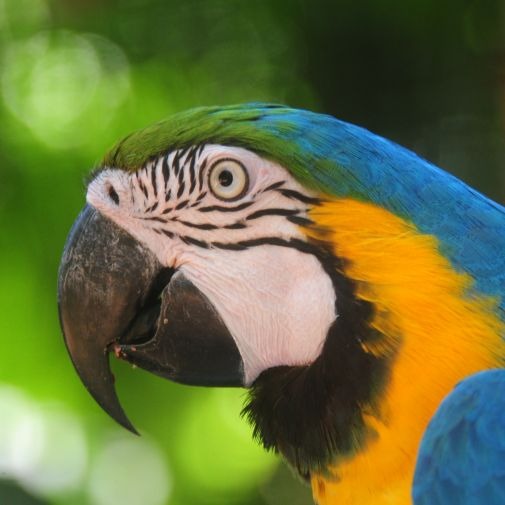
 |
THE ATLANTIC RAINFOREST IS MADE UP OF MANY ENVIRONMENTS |
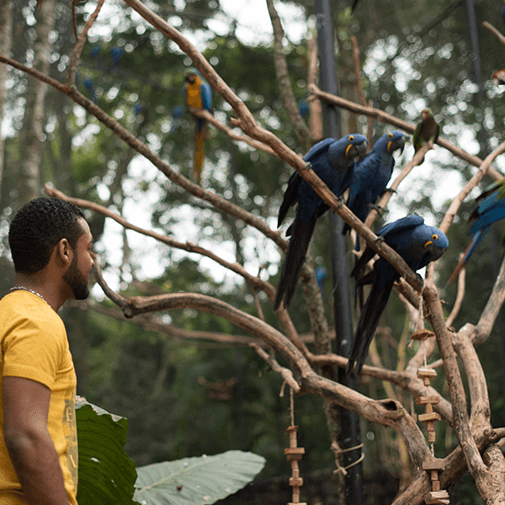
The Atlantic Rainforest has an area of 1,315,460 km² and covers 17 Brazilian states. A biome of such size and rich biodiversity of plants and animals could not be the same in all its parts: the Atlantic Rainforest has several physiognomies, which means different types of vegetation. Below is a description of some of them:
Open Ombrophilous Forest
The open ombrophylous forest is a transition range between the biome and was given this name because of the spaced vegetation with long periods of drought.
Dense Ombrophilous Forest
The word ombrophilous means “friend of the rain”. This is because the amount of rainfall throughout the year is well distributed, keeping the leaves of the trees always green all year round. The name “dense” is due to the many trees with a tall canopy that can reach up to 50 meters in height. It is common for us to find ferns, orchids, and bromeliads in these forests.
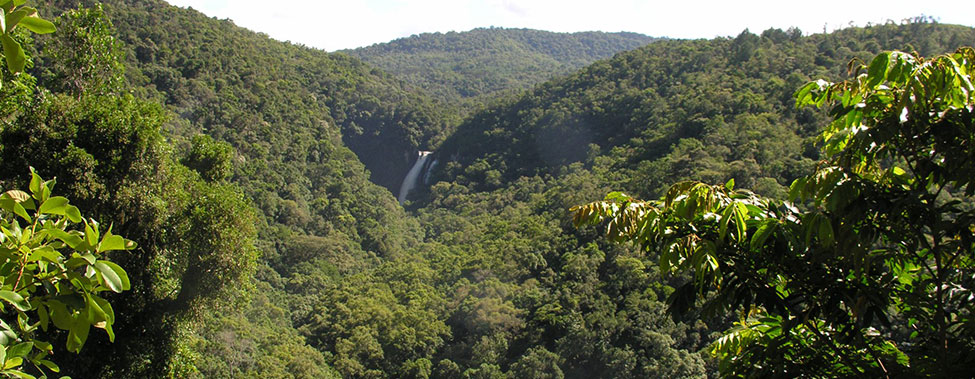
Mixed Ombrophilous Forest
The mixed ombrophilous forest is also known as an araucaria forest due to the araucaria trees standing out in the vegetation’s canopy. It is found mainly in the states of Rio Grande do Sul, Santa Catarina, and Paraná, as well as in higher areas in the southeastern region.
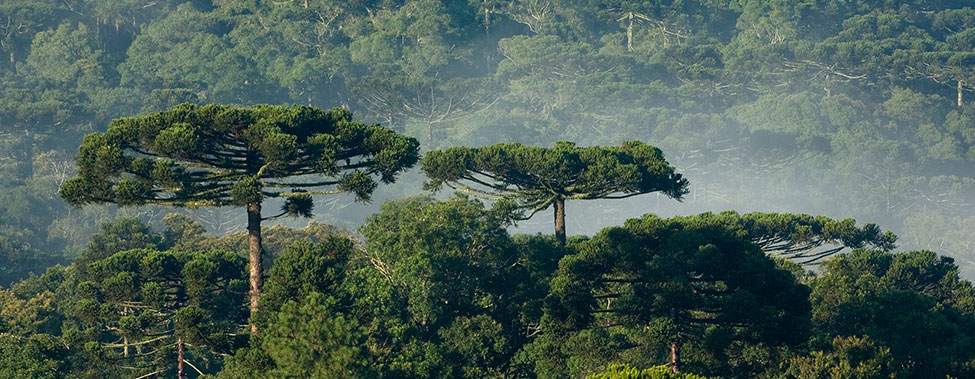
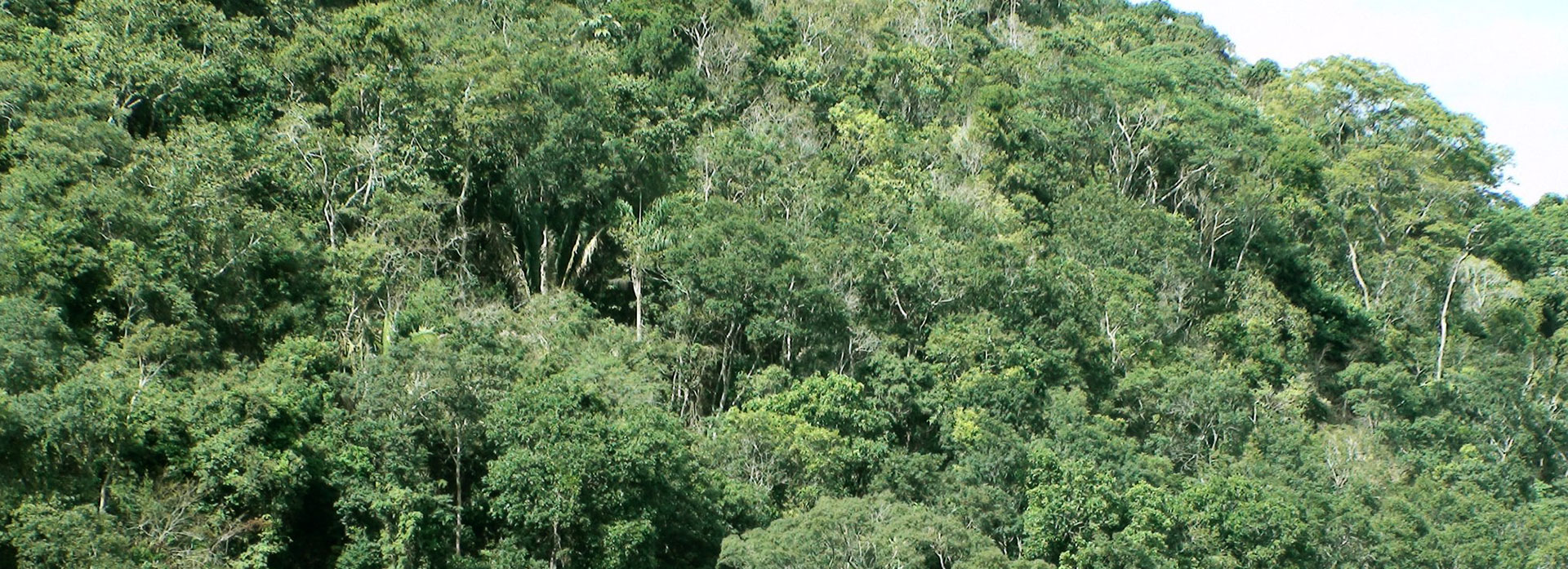
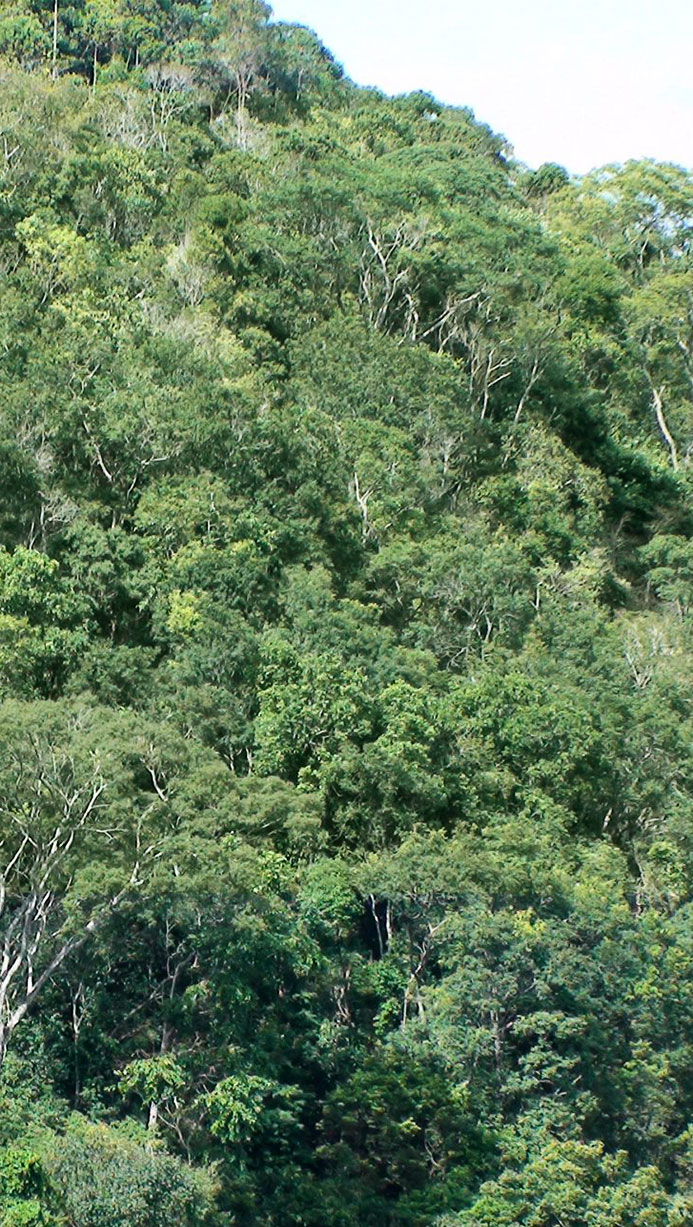
Deciduous and Semi-deciduous Seasonal Tropical Forest
This forest has as one of its main characteristics trees that lose their leaves during the period of drought and cold. It has a high occurrence of epiphytes, which are plants that grow on the surface of other plants, absorbing nutrients and water from rain, but are harmless to the plant that is serving as a support.
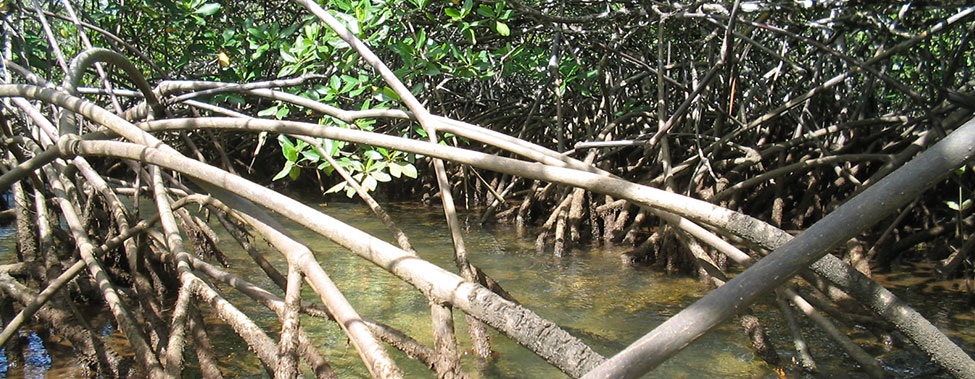
Mangroves
Mangroves are flooded areas that have brackish water, which is the kind of water created where fresh water from rivers meets with the sea. The vegetation is adapted to this situation of a great variation in the level of water.
The mangrove is an ecosystem very rich in biodiversity, especially serving as the nursery for eggs and offspring of various birds, mammals, and fish. It also has an important role in protecting the coastal slopes, preventing the erosion of these areas, thus contributing to the conservation of animal and plant species.
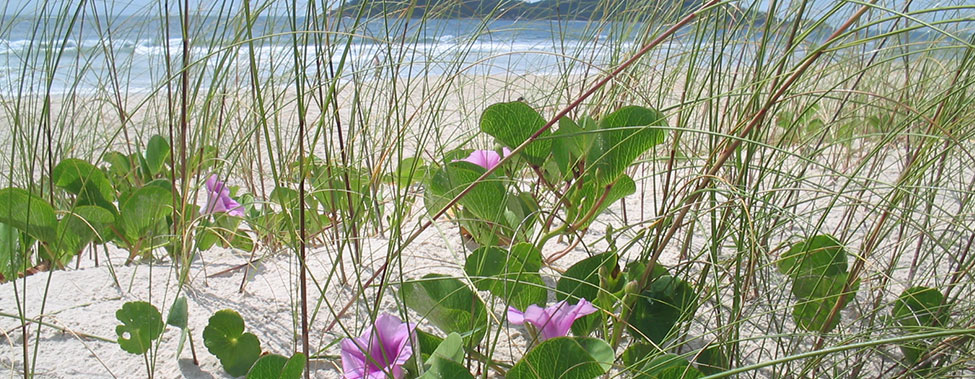
Sandbanks
These sandbanks, or Restingas as they are called in Portuguese, are areas close to the sea where runner type shrubs grow that increase in size the farther they are away from the sea. Sand dunes are formed with the wind where various animals live. Common trees in this ecosystem are the country-almond, coconut tree, the queen palm, and guava trees and animals can be found in these areas such as the burrowing owl, the South American raccoon, tuco-tuco, the great kiskadee, and crabs.
Montane Subtropical Ecoregion
These fields at high altitudes receive this name because they occur in mountainous environments. They can be sighted in the mountainous regions of the southeastern part of the country. There are many species of plants and animals in these locations unique to this ecosystem. In some regions of southern Brazil where these fields are called campos de cima da serra (fields at the top of the highlands), it is possible to find more than 50 species of plants per square meter, including a large number of grass species.
Pictures of ecosystems: Apremavi
 Every day from 8:30am to 5:30pm
Every day from 8:30am to 5:30pm Prices
Prices


